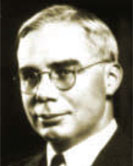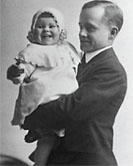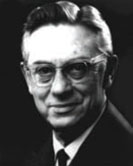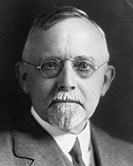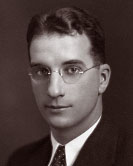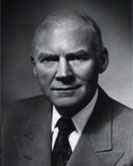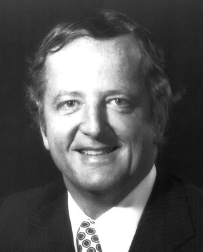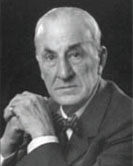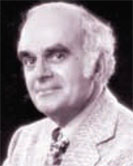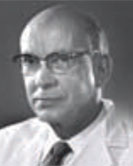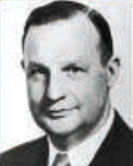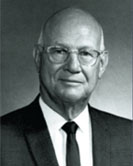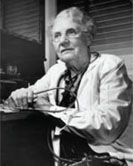Dr. Badgley received his medical degree at the University of Michigan in 1919, and became interested in orthopaedic surgery owing to Drs. Hugh Cabot and LeRoy Abbott. He was appointed as an instructor of surgery in 1920 and was appointed professor and head of the Section of Orthopaedic Surgery in 1932, an appointment he retained until 1963 when he retired. Dr. Badgley served as surgical consultant to Percy Jones Army Hospital from the beginning of World War II until its closing and was a consultant to the Sixth Army Command as well as to the Veterans Administration. He received a commendation from the US War Department, February 1, 1946, "in appreciation for patriotic service in a position of trust and responsibility … The stimulus of new ideas and of fresh perspective upon military orthopaedic problems which he provided was productive of tangible improvement in the treatment of orthopaedic patients."
Dr. Badgley, devoted to his home state, was active in organizing institutions and organizations within Michigan. These included the Rackham Arthritis Research Unit within the hospital devoted exclusively to arthritis research and the Michigan Crippled Children Commission. He is best known for his work with pediatric patients, especially congenital dislocation of the hip and nonunion of infected fractures.

